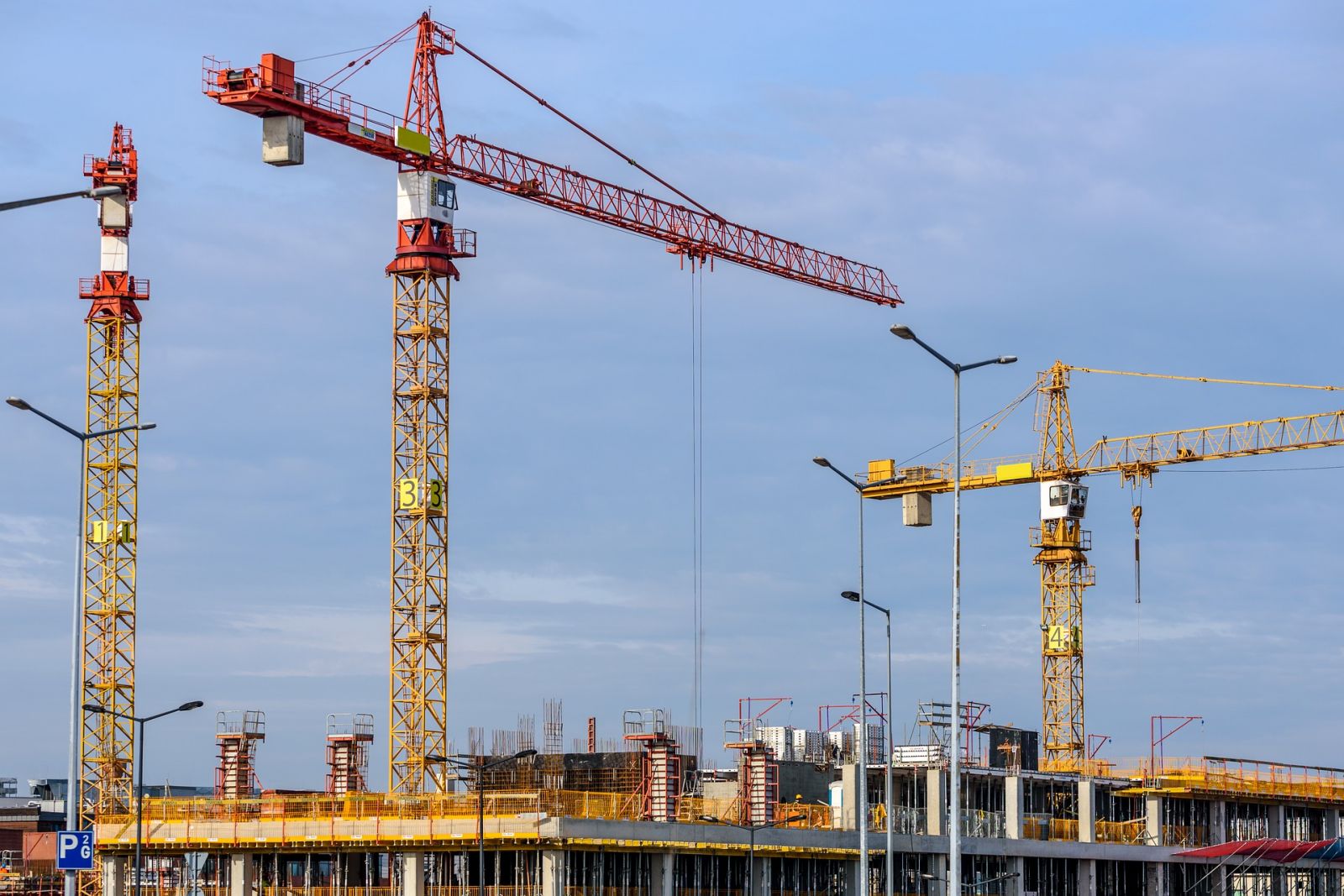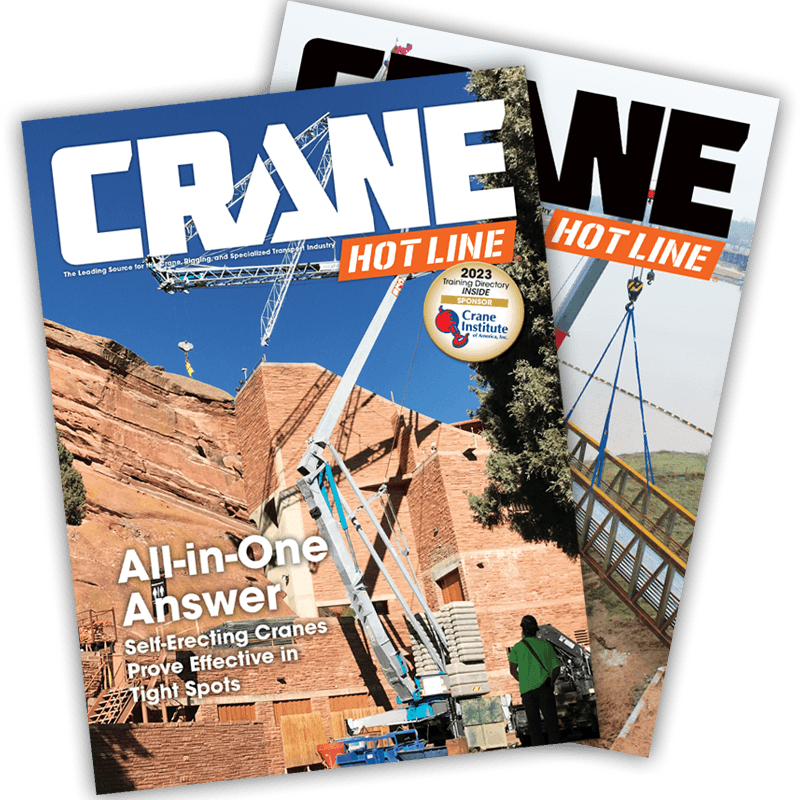The Story Behind Seattle Becoming the Crane Capital of the United States
 |
| Enlarge Image The number of cranes in Seattle has grown 38% this year. |
The Seattle skyline is rapidly changing, and cranes are going to play the lead role in this story. Seattle has rightly been called the "Crane Capital of America." Every narrative has a story and various factors have led to the existence of the large number of cranes in Seattle.
Crane Capital is Also the Tech Capital
The past few years have witnessed a rapid surge in the technocrat population of the Seattle. These are well-to-do, high income, comfort seeking, college educated, technology professional who are largely becoming a part of the social fabric, and the growing Seattle story. And we are not just talking about Amazon. The quality and quantity of tech professionals in Seattle is impressive today. As a result, we see other technical giants like Google, Facebook and Apple moving into Seattle too.
What makes Seattle also a tech hub, is the advantage of location it offers to tech workers over cities like New York and San Francisco. The Amazon headquarters in the South Lake Union Neighborhood in Seattle and the most recent and magnificent 500 foot tall office tower are neighborhoods and spaces that are at the center of the city. These are not peripheral suburban dormitories, which forces the workers to live outside the main buzz of the city, or spend hours commuting.
With bars, restaurants, coffee shops, malls and luxurious homes all in and around the office buildings itself, you can practically cycle to office, have a vegan shake in the morning before work, hang out with colleagues and friends over a beer at a pub after work, and come home to a plush pad. This is the life that Seattle is offering to its technology sector employees. Little wonder then that we see a constant migration of tech workers to Seattle. As the number of workers with high incomes increase in the city, there will be a need for more condominiums, hotels, restaurants, offices, malls and entertainment spaces in the city. All of this will lead to more construction. More construction equals more cranes.
The Colossal Growth of Amazon
The main player in the transformation of Seattle is Amazon. The exponential growth of the tech giant in this city has truly changed its skyline and its demographic. In 2010, when the company moved to South Lake Union after outgrowing an old medical building, nobody could have imagined Amazon’s incredible growth trajectory and the way it will affect the city of Seattle. As the Amazon workspace grew, in South Lake Union, it started leasing the ground floor of its office buildings to classic and relatable bars, coffee shops and restaurants. These small players also grew with the meteoric rise of Amazon. The owners’ and employees pockets grew deeper. An immediate consequence and current of more income is demand for luxuries. To meet those demands and house those luxuries more construction was and is being undertaken.
Amazon has added to its unbelievable revenues and workforce in Seattle at a hectic pace. Six years after relocating to South Lake Union, it has outgrown its expansive offices in this locality, and is moving right at the heart of a city. Take a walk around Seventh Avenue in downtown Seattle and you will be transfixed at the sight of three massive spheres against the shadow of Amazon’s 500 foot tall office tower. It is an architectural marvel that stands surrounded by cranes, glass panes, steel frames and construction workers. It is a sight to behold, and a testimony to Amazon’s ambition for this city and their workers here. With these spheres and the Amazon towers completed, Amazon will possess 10 million square feet of office space in Seattle.
Amazon can then increase to more than double in size and have on board 50,000 workers. The purpose of the construction of these opulent spheres itself will create ripples across work environment standards in the U.S.A and, onset a different dimension of construction in Seattle. This will usher in a new era of cranes in Seattle, and the number of cranes dotting the Seattle skyline will only increase.
When these 100 foot tall orbs open up in 2018, they will called Biospheres and will be home to more than 300 plant species around the world. It truly will mark the arrival of the workplace of the future, where Amazon employees can seamlessly go from concrete offices to a green world and meeting spaces that resemble bird nests perched on trees. A green community of endangered plants and a massive company right in the middle of the city! That’s what Seattle will look like!
Cranes Will Be Everywhere and for Long Periods of Time
All hotels, condos ,apartments and offices require cranes to be build. Cranes are required for buildings as small as seven stories and multiple cranes are required for high-rises bursting through the sky.
Clearly the crane industry is booming. Competition has increased, and waiting periods to receive or rent the crane has also increased. Cranes from reputed companies like DG Crane will be in high demand, and once on the construction site, they will be used for multiple projects. Individual cranes are used for more than eight to nine months at a go, and Seattle’s skyline is clearly defined by these yellow metallic structures.
Besides the obvious implications, the cranes so clearly visible in Seattle mark a new era for the city. They are symbolic of the growing change, a Seattle that was very different 20 years ago, its affluent and varied demographic. These cranes are a sign of progress and at the same time, a manifestation of a city moving on, growing, progressing while holding on to its roots and originality. The waves of change have clearly hit the crane capital and how!
Rachel Oliver is a freelancer who has a way with words. She likes to write about anything and everything under the sun, but themes like sports, home improvement, construction and maintenance fashion, business and technology interests her more. You can get in touch with her on Google+, Facebook, and Twitter.


